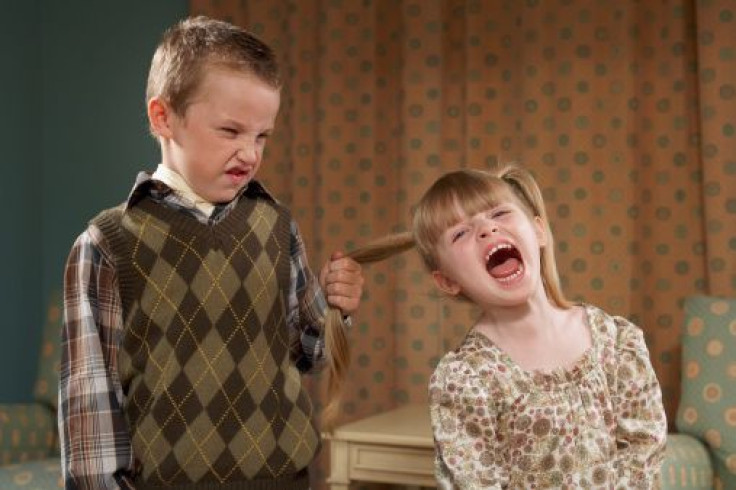Boys Don't Cry: Brain Structure Linked To Callousness Found Only In Men

A new study has found that boys show differences in brain structure that causes unemotional traits which is not found in girls.
A European research team led by the University of Basel and University of Basel Psychiatric Hospital studied brain development in 189 adolescents.
On studying the relationship between callous-unemotional traits and gray matter volume in the brain using voxel-based morphometric methods in a huge sample of young boys and girls who are still under physical and mental development, the team found that there was a structural difference in the brain of boys that caused this behavior. And this was not found in girls who were callous.
Adolescents who do not react to negative stimuli or scenarios tend to display a high risk seeking behavior. A lack of empathy at an early age directly translates into a lack of fear. An attitude that is detached from the normal spectrum of human reaction to negative situations — like when someone else is feeling pain — leads to antisocial behavior is the child’s future.
The researchers used Magnetic Resonance Imaging (MRI) to study the structure of the brain of these teens who showed very low empathy. The team wanted to find the area of the brain that causes these traits and how it is different from brain structures of normal teenagers.
On comparing the MRI images of boys and girls who displayed unemotional behavior, the team found that only boys showed significant differences in the area of the brain called the bilateral anterior insula compared to normal brains.
The volume of the bilateral anterior insula region was found to be higher in these at-risk male teens. In fact, 19 percent of the variance in callous-unemotional traits in boys was explained by a larger bilateral anterior insula, said the study published in journal Neuroimage: Clinical.
Until now, most research in this area has focused on studying “callous-unemotional traits in populations with a psychiatric diagnosis, especially conduct disorder,” said a news release on University of Basel website.
The team also corresponded the changes in volume in the grey matter area to growing sexuality in the test subjects. Results revealed that sex and callous-unemotional traits interacted to predict gray matter volume.
As these boys entered adulthood, their growing desire to copulate coupled with pre-existing psychiatric conditions like depression, anxiety and aggression caused a spike in grey matter volume.
“Our findings demonstrate that callous-unemotional traits are related to differences in brain structure in typically-developing boys without a clinical diagnosis,” explains lead author Nora Maria Raschle from the University and the Psychiatric Hospital of the University of Basel in Switzerland in the press release. “In a next step, we want to find out what kind of trigger leads some of these children to develop mental health problems later in life while others never develop problems.”
The team feels that further study is required to understand the psyche of these teens as they grow older and see what behavior they display and how the larger grey matter volume affects their personality once they are fully developed physically and mentally.
This study is part of the FemNAT-CD project, a large Europe-wide research project aiming at investigating neurobiology and treatment of adolescent female conduct disorder.
© Copyright IBTimes 2024. All rights reserved.











